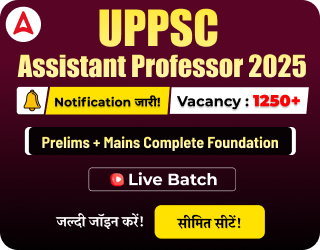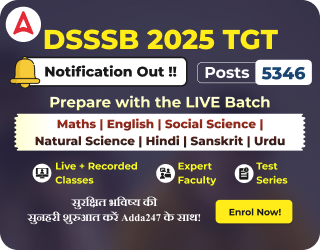Table of Contents
The Bihar School Examination Board (BSEB) has released the Bihar STET Computer Science Syllabus 2025 for candidates preparing for the Secondary Teacher Eligibility Test. Computer Science is offered as a subject under Paper II (Class 11- 12), and the syllabus has been carefully designed to test conceptual knowledge, practical understanding, and teaching readiness.
If you’re appearing for Bihar STET 2025 with Computer Science as your chosen subject, knowing the complete syllabus, exam pattern, and marks distribution is the first step toward smart preparation. Below, we’ve covered everything in detail, along with a direct link to download the Bihar STET Computer Science Syllabus PDF 2025.
Bihar STET Computer Science Syllabus 2025
The syllabus for Computer Science carries 100 marks and includes topics ranging from the basics of Digital Logic to advanced areas like Artificial Intelligence, IoT, and E-Commerce. It ensures that candidates are equipped with both fundamental knowledge and modern technological concepts essential for higher secondary teaching.
Bihar STET Result 2025 Out – Click to Download
How to Access Bihar STET Computer Science Syllabus 2025?
Candidates can download the official syllabus PDF directly from the Bihar Board website. The steps are simple:
- Visit the official Bihar STET website.
- Go to the “STET 2025” section.
- Select the Computer Science Paper II syllabus.
- Download the PDF for offline use.
- To save time, we’ve also provided a direct syllabus PDF link at the end of this article.
Bihar STET Computer Science Exam Pattern 2025
The exam will be conducted online in a Computer-Based Test (CBT) mode. Here’s the exam structure:
- Exam Mode: Online (CBT)
- Paper: Paper II (Class 11- 12)
- Duration: 2 hours 30 minutes (150 minutes)
- Type of Questions: Multiple-Choice Questions (MCQs)
- Language of Paper: Hindi
- Marking Scheme: +1 for every correct answer, no negative marking
Bihar STET Computer Science Marks Distribution 2025
The Bihar STET Computer Science Marks Distribution 2025 is designed to test both subject knowledge and teaching ability. The exam carries a total of 150 questions for 150 marks. Out of this, the Specified Subject (Computer Science) section includes 100 questions worth 100 marks, while the Teaching Art & Skills section has 50 questions carrying 50 marks. This balanced distribution ensures that candidates are evaluated not only on their core Computer Science expertise but also on their teaching methodology and classroom management skills, which are equally important for qualifying the Bihar STET 2025 Computer Science exam.
| Section | Number of Questions | Marks |
| Specified Subject (Computer Science) | 100 | 100 |
| Teaching Art & Skills | 50 | 50 |
| Total | 150 | 150 |
Bihar STET Computer Science Syllabus 2025 Detailed
| Bihar STET Computer Science Syllabus 2025 | |
| Units | Description |
| Unit 1: Digital Logic |
|
| Unit 2: Computer Organization & Architecture |
|
| Unit 3: Programming & Data Structures |
|
| Unit 4: Algorithms |
|
| Unit 5: Operating System |
|
| Unit 6: Database Management System |
|
| Unit 7: Computer Networks |
|
| Unit 8: Software Engineering |
|
| Unit 9: Object-Oriented Programming |
|
| Unit 10: Web-Based Application Development |
|
| Unit 11: Theory of Computation |
|
| Unit 12: Internet of Things (IoT) |
|
| Unit 13: Artificial Intelligence |
|
| Unit 14: Fundamentals of E-Commerce |
|
| Unit 15: Multimedia |
|
Bihar STET Computer Science Syllabus 2025 PDF
The Bihar STET Computer Science Syllabus 2025 PDF is a crucial tool for focused preparation. It gives candidates a clear outline of key topics, helping them plan studies systematically and avoid irrelevant areas. By downloading the PDF, aspirants can stay aligned with the exam pattern, track progress, and prepare more effectively.


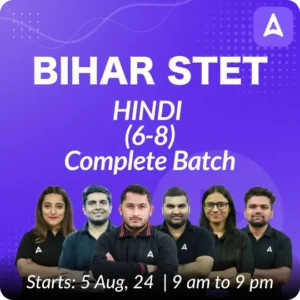

 KVS Syllabus 2025 For PRT, TGT, PGT and ...
KVS Syllabus 2025 For PRT, TGT, PGT and ...
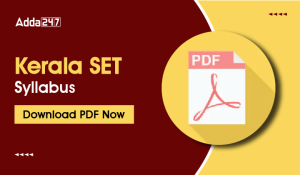 Kerala SET Syllabus 2026 and Exam Patter...
Kerala SET Syllabus 2026 and Exam Patter...
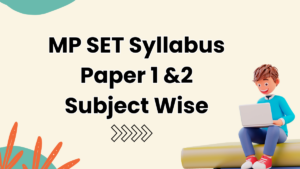 MP SET Syllabus 2026, Check Exam Pattern...
MP SET Syllabus 2026, Check Exam Pattern...


